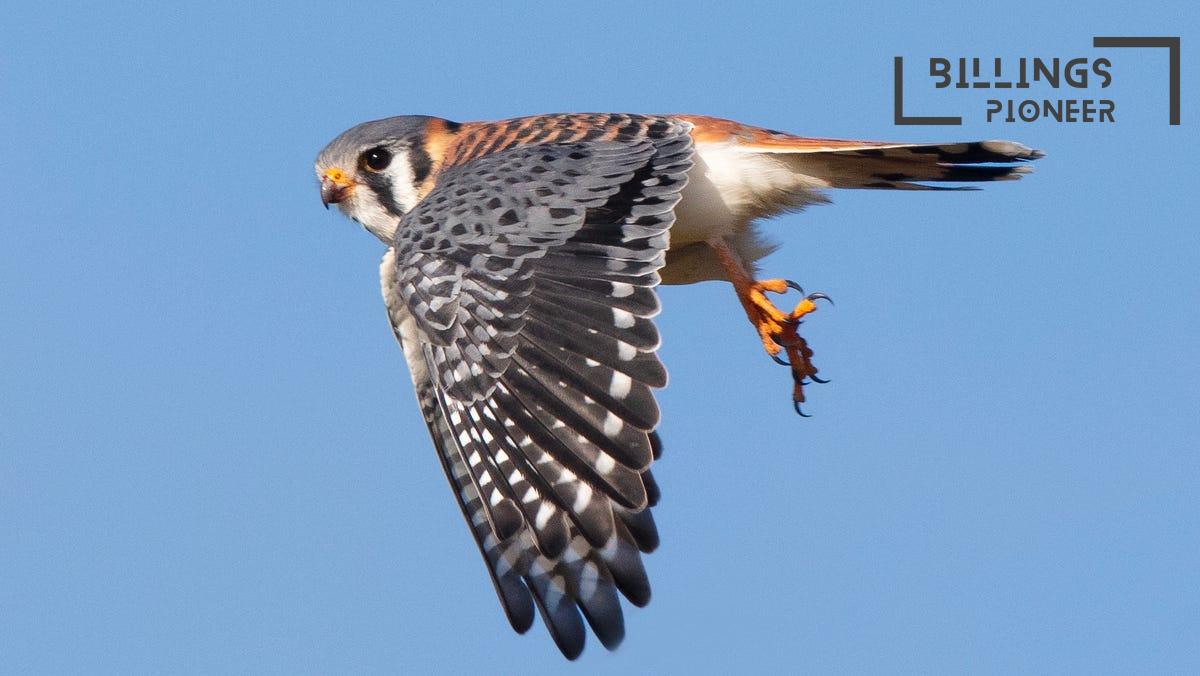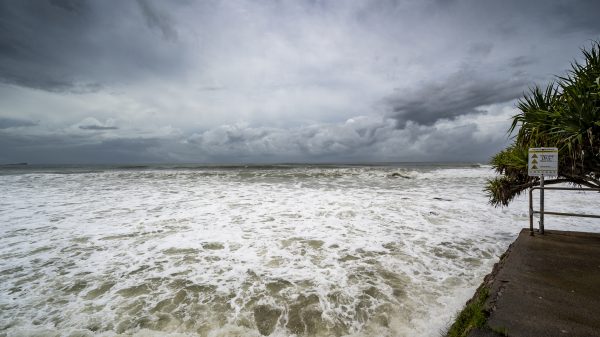In Ohio, a small yet mighty bird known as the American kestrel is facing tough times. Once abundant in the skies, this beautiful falcon is now seeing its numbers drop. This news doesn’t just impact the kestrel but also the entire ecosystem where it lives, making it important for all of us to understand what’s going on and how we can help.
Declining Numbers of Kestrel Falcons
The American kestrel, which is the most common falcon in Ohio, has seen a worrying decline in its population. To put it into perspective, back in 1930, kestrels were more numerous than any other non-owl raptor in the state. Fast forward to today, and there are now twice as many red-tailed hawks than kestrels soaring around Ohio. This drastic shift has raised alarms among bird lovers and conservationists alike, highlighting the need to address the factors leading to this decline.
Understanding the Causes of Decline
Several reasons contribute to this decrease in kestrel numbers. The biggest reason is habitat loss caused by intensified agriculture. As farming practices change and expand, kestrels lose important areas to hunt and nest. Additionally, the use of chemicals in farming has led to fewer insects and small animals for the kestrels to eat. This lack of food makes it more challenging for these birds to thrive and raise their young successfully.
The Search for Homes
Kestrels, like many birds, need places to nest. Unfortunately, there aren’t enough natural nesting sites available anymore, such as tree holes. To adapt, some kestrels have started using man-made structures like building eaves and steeples. Fortunately, conservation efforts are working to provide suitable homes for these birds. The Ohio Bird Conservation Initiative has placed 41 nest boxes on highway signs, which helped produce 30 kestrels in just one breeding season. This resourcefulness by both the birds and conservationists demonstrates a hopeful path forward.
Community Efforts to Help
Many groups and people are stepping up to support kestrel populations. The Ohio Ornithological Society has been particularly active in placing nest boxes at locations like The Wilds, a wildlife conservation center. These boxes give kestrels a safe place to nest and raise their chicks, offering a chance to increase their population. People like Dick Tuttle, who worked tirelessly on creating kestrel nest boxes, have left a lasting impact, inspiring others to help as well, even after his passing in 2022.
Creating Better Habitats
Another important effort is the creation of grasslands to help these falcons, especially during the winter months when food is scarce. Grasslands provide ideal hunting grounds for kestrels as they allow them to spot potential prey easily. A combination of improved habitats and sufficient nesting options seems to aid in the survival of these beautiful birds, showing that hope is not lost.
The Importance of Kestrels to Ecosystems
The American kestrel isn’t just a pretty face in the sky; it plays an important role in the ecosystem. By controlling insect populations and helping to maintain balance among prey species, kestrels contribute to a healthy environment. Their decline could signify larger issues within the ecosystem, emphasizing the need for all of us to care about these changes.
How You Can Help
You don’t need to be a scientist or a conservationist to make a difference for the American kestrel. Simple actions, like encouraging local farmers to adopt bird-friendly agricultural practices or participating in conservation initiatives, can have a significant impact. Building or supporting the placement of nest boxes and habitat restoration projects are excellent ways to lend a helping hand, and every bit of effort counts toward protecting these amazing birds.
| Factor Affecting Kestrel Population | Details |
|---|---|
| Habitat Loss | Intensified agriculture diminishes natural habitats. |
| Food Scarcity | Reduced invertebrate populations due to chemicals. |
| Nesting Sites | Lack of natural nesting cavities drives kestrels to use buildings. |
| Conservation Initiatives | Placement of nest boxes and habitat restoration efforts. |











